We often need to spot the factors for a higher number. How can we do this without doing the division sums?
For some numbers, its easy to spot. How can you tell if 5 is a factor of your number?
That’s easy. If the last digit of the number is a 0 or 5, then 5 is a factor. If it doesn’t, then 5 is not a factor
5 is a factor of 670 and 1225. It is not a factor of 234 or 1352.
Is 2 a factor? That’s easy in a similar way. The last digit needs to be a 0, 2, 4, 6 or 8. The even numbers, of course. 2 is a factor of even numbers. Its not a factor of odd numbers.
Is 3 a factor? Or 9? For these possible factors we don’t just look at the last digit, but we add up all the digits in the number. If they come to a known multiple of 3, then 3 is a factor. If they come to a known factor of 9 then 9 is a factor.
So 4524 – add up the digits 4 + 5 + 2 + 4 = 15 – 15 is 3 x 5 so 3 is a factor of 4524, but 9 is not.
But 4527 4 + 5 + 2 + 7 = 18 and 9 is a factor of 18, so it is also a factor of 4527.
Note the pattern also holds for 15 and 18 – I used our knowledge of 3 x 5 = 15 and 2 x 9 = 18 above, but also 1 + 5 = 6 and 1 + 8 = 9.
How do I know if 6 is a factor? Use both rules above. If 2 is a factor and 3 is a factor, then so is 6.
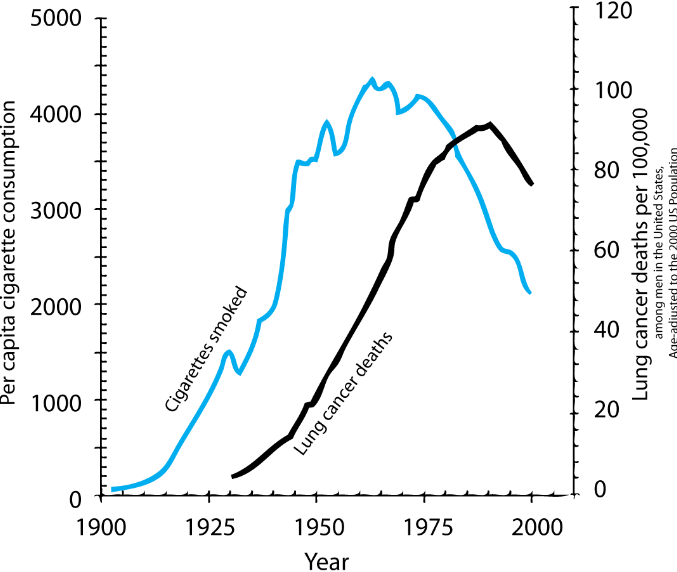
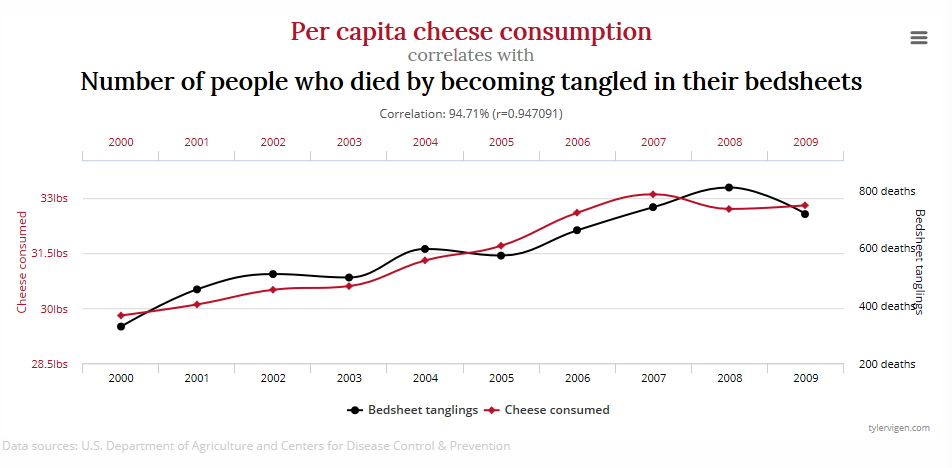
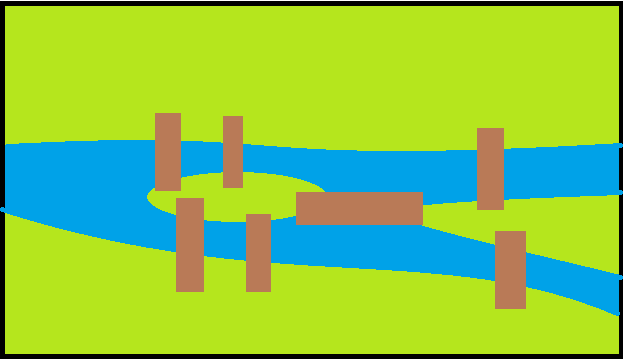
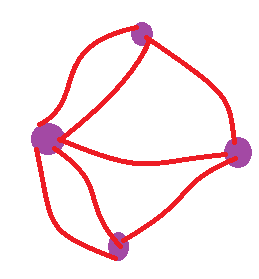
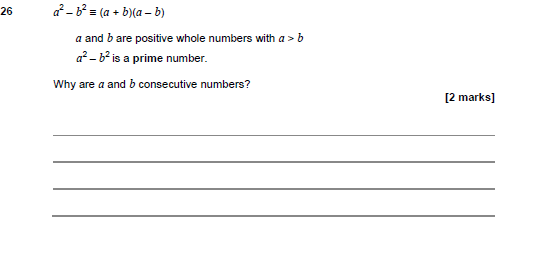 I think what is interesting about this question is that its unlikely the student has seen a question quite like this before.
I think what is interesting about this question is that its unlikely the student has seen a question quite like this before.